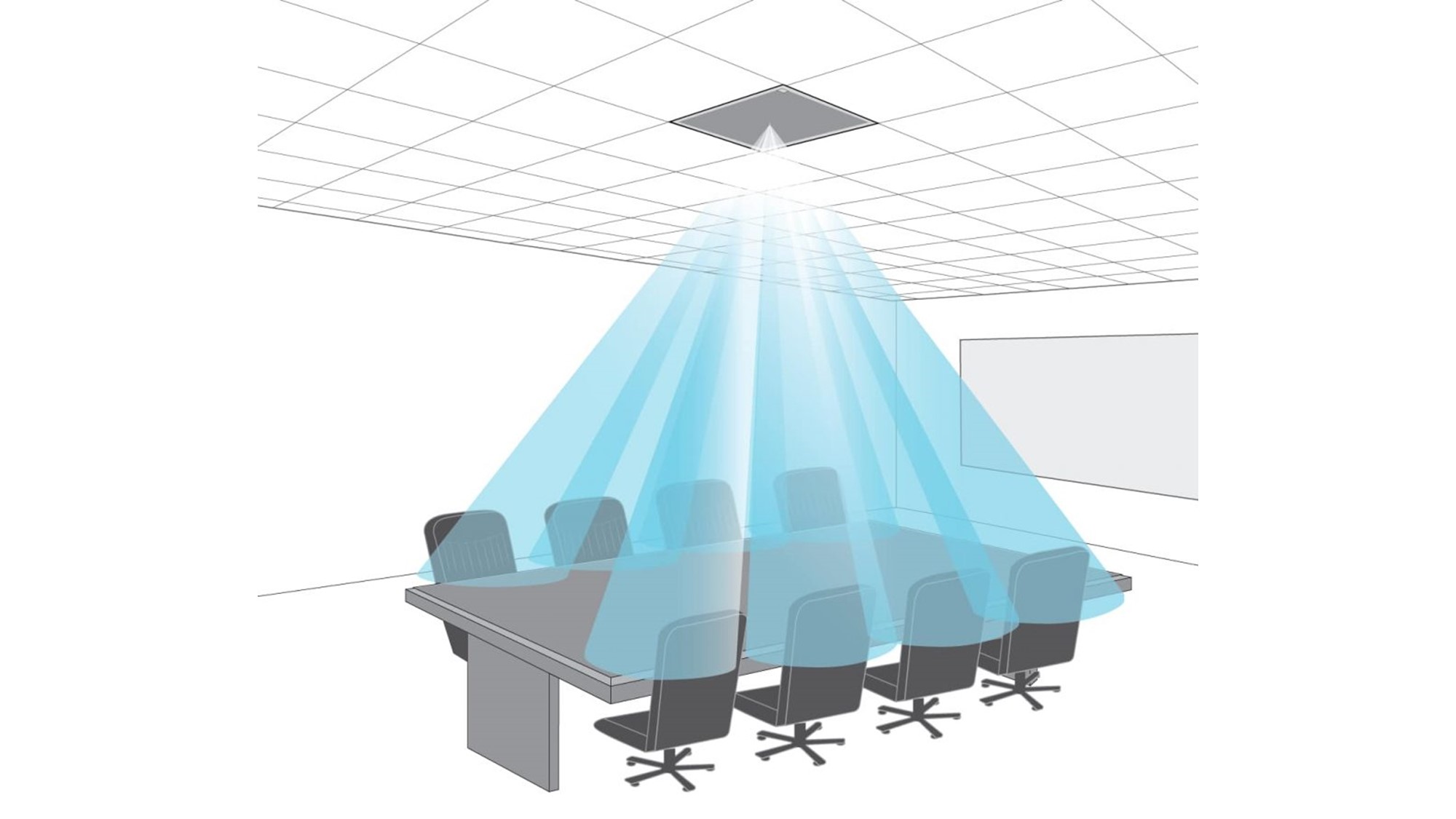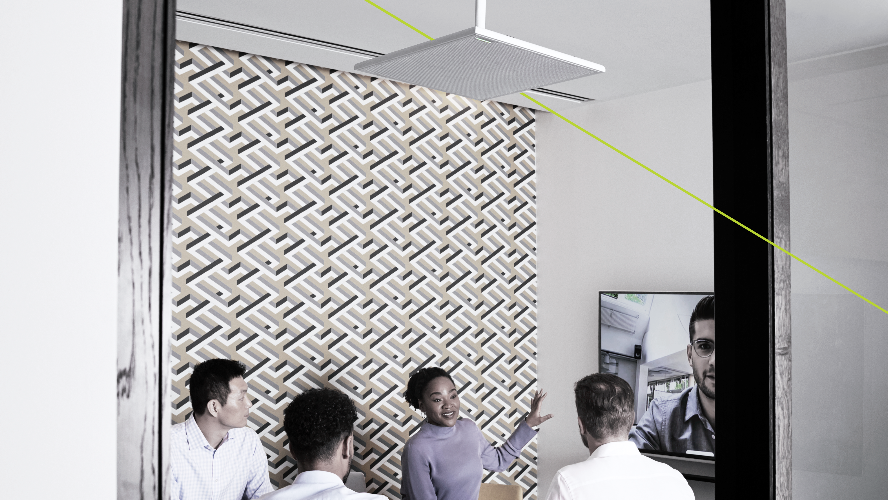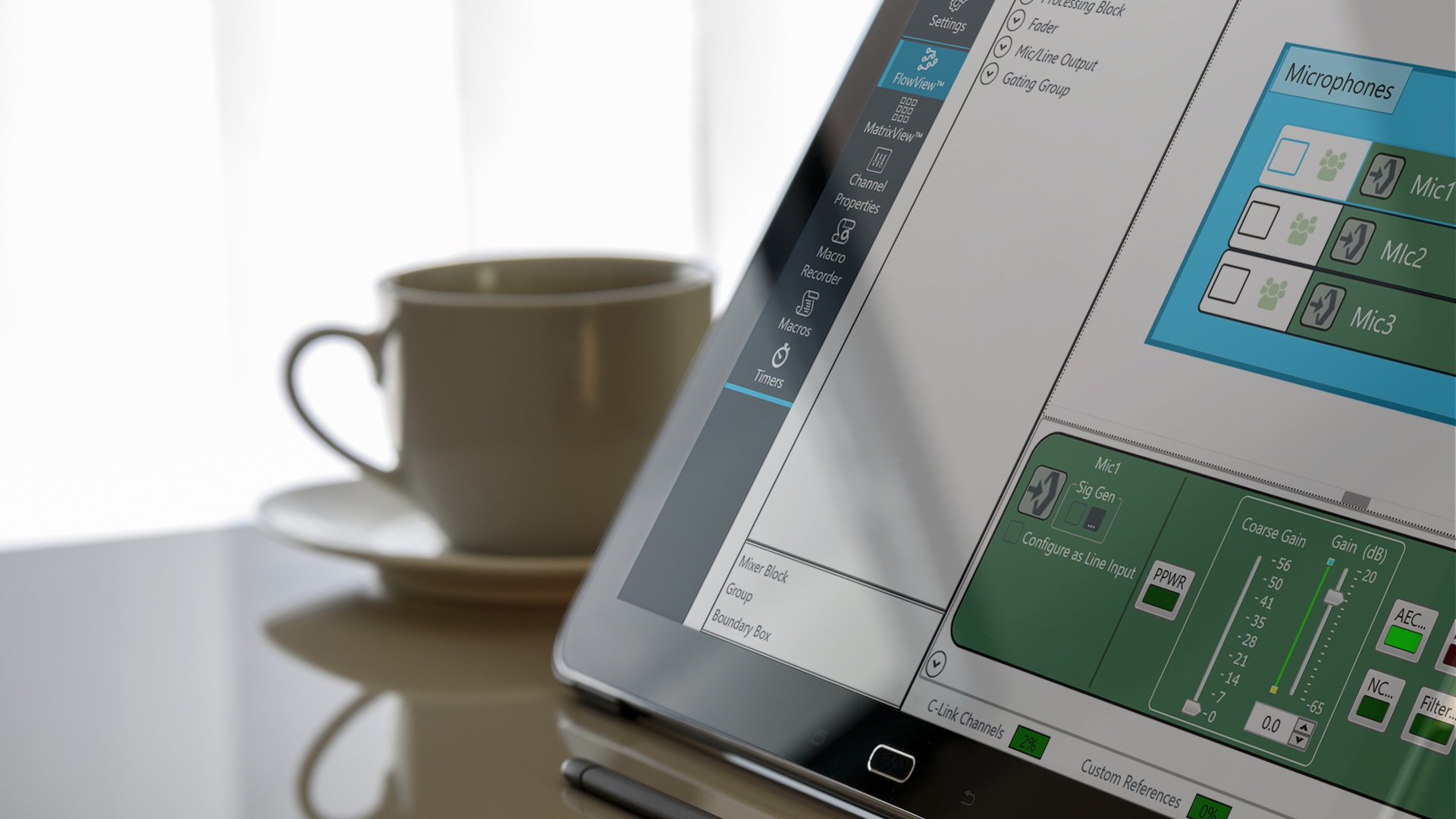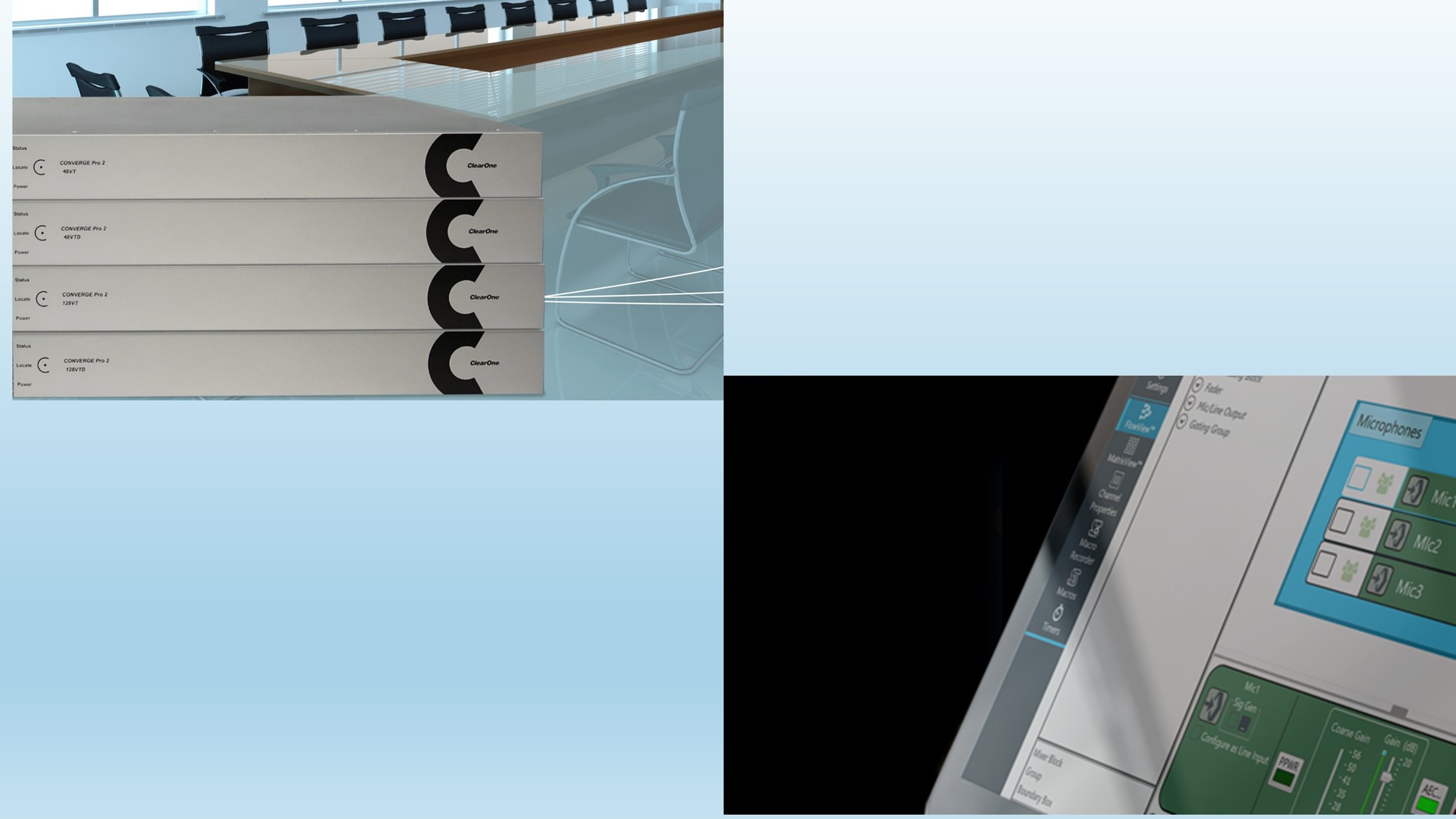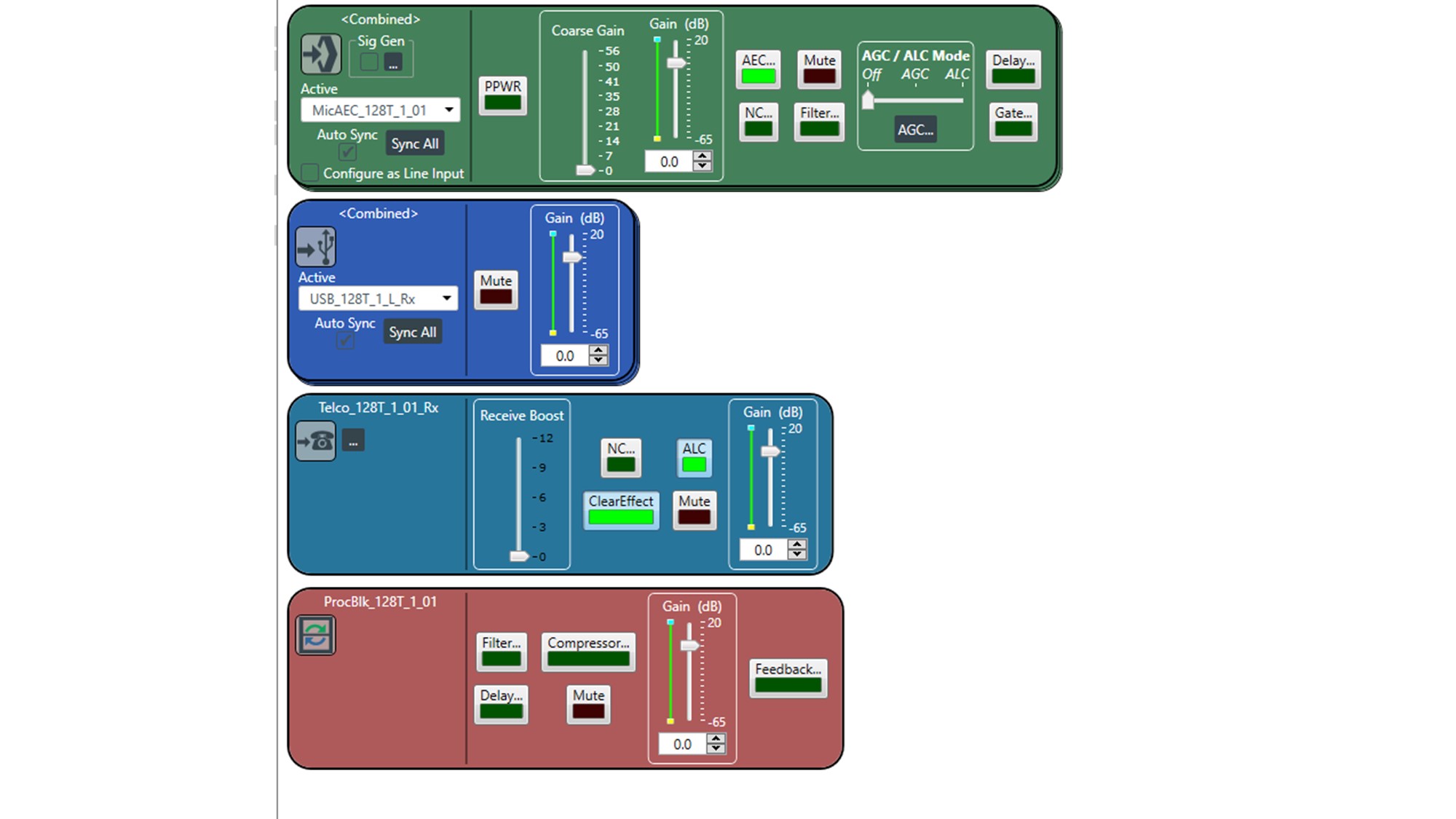Ceiling Array Microphones – A Brief Primer and Key installation Tips
Benefits of Ceiling Array Microphones
Ceiling array microphone technology can help to overcome a number of sound quality issues in a variety of conference and presentation spaces. Besides ensuring people in the meeting room are able to converse naturally without having to interact directly with a microphone, it crucially allows participants to hear everyone in that room when they speak – no matter where they happen to be sitting.
To get the most from these benefits, however, it is crucial that the technology is properly configured for the room, and there are a number of considerations that should be taken into account when designing and installing a ceiling microphone array system. Below are some key best practices to ensure users enjoy the full benefits of a properly configured ceiling array.
OUT OF THE BOX FUNCTIONALITY
You really need to spend time and effort in understanding the product in the commissioning stage. Gauge the space and what it will be used to design the most suitable setup. Most manufacturers have a system configuration software application that lets users create configurations without the microphone even being connected. These applications make it easier to visualize and implement installations. You can accurately predict the number of microphones necessary to cover a given meeting space. It also helps in the precise arrangement of the lobes to ensure maximum coverage, superior clarity, and intelligibility.
LISTEN CAREFULLY FOR DROPS
While the software application exists, it is still important to listen to the sound in the room and adjust the microphone as needed. All spaces are different, so adapting the system might be necessary. Don’t rely on the software, the lobes of ceiling array microphones need to be adjusted to match the talker’s position.
KEEP AN EYE ON THE ‘NOM’ LIMIT
NOM stands for the Number of Open Microphones. Most auto-mixers allow you to limit the NOM setting. In some applications, reducing this number to just one or two mics reproduces intelligible sound. A higher number of open microphones doesn’t always mean loud and clear audio pickup. In fact, it can create issues in terms of overall gain before feedback and intelligibility in audio. As the number of speakers and NOMs increases, it is crucial to keep an eye on the limit and make adjustments as required.
KEEPING AMBIENT NOISE AT A CHECK
Ambient noise can significantly degrade speech intelligibility in a room. You can use equalization to reduce low-frequency noise. A higher number of active lobes at once results in a buildup of low-frequencies. The important thing is to make sure that the NOMs you have got open is reflected in how much low end you’re cutting out. However, be sure to listen to the output to find the right balance between cutting out low-end muffles and losing the body of the voice.
THE LOW DOWN
When configuring a ceiling array microphone, it is advised to use an external digital signal processing (DSP) unit to apply an acoustic echo cancellation (AEC) and noise reduction. By having an AEC processing, each area of the room will be consistently monitored for sound quality. It’s also recommended to have the AEC processing happen before any other alterations such as EQ or compression are applied. You can use Automatic Gain Control (AGC) or speech leveling to have controls over the volume, dynamics, and even the noise floor.
KEEP LEVELS LOW
Most soft codecs or applications such as Skype and Hangouts have a threshold at which low volume levels are considered noise. It is crucial to make sure you’re transmitting a healthy proportion of the desired signal and unwanted sounds. Adjust the transmit level to the lowest possible value while listening from the far end before noise or distortion is introduced.
We’d love To Meet You In Person Or Via The Web!
Main Office: Suite M-01, 512, 3rd Street, Abu Dhabi, UAE
Phone: + 971 2 6767019
WhatsApp: + 971 55 3979668
Email: web@OfficePlusUAE.com


